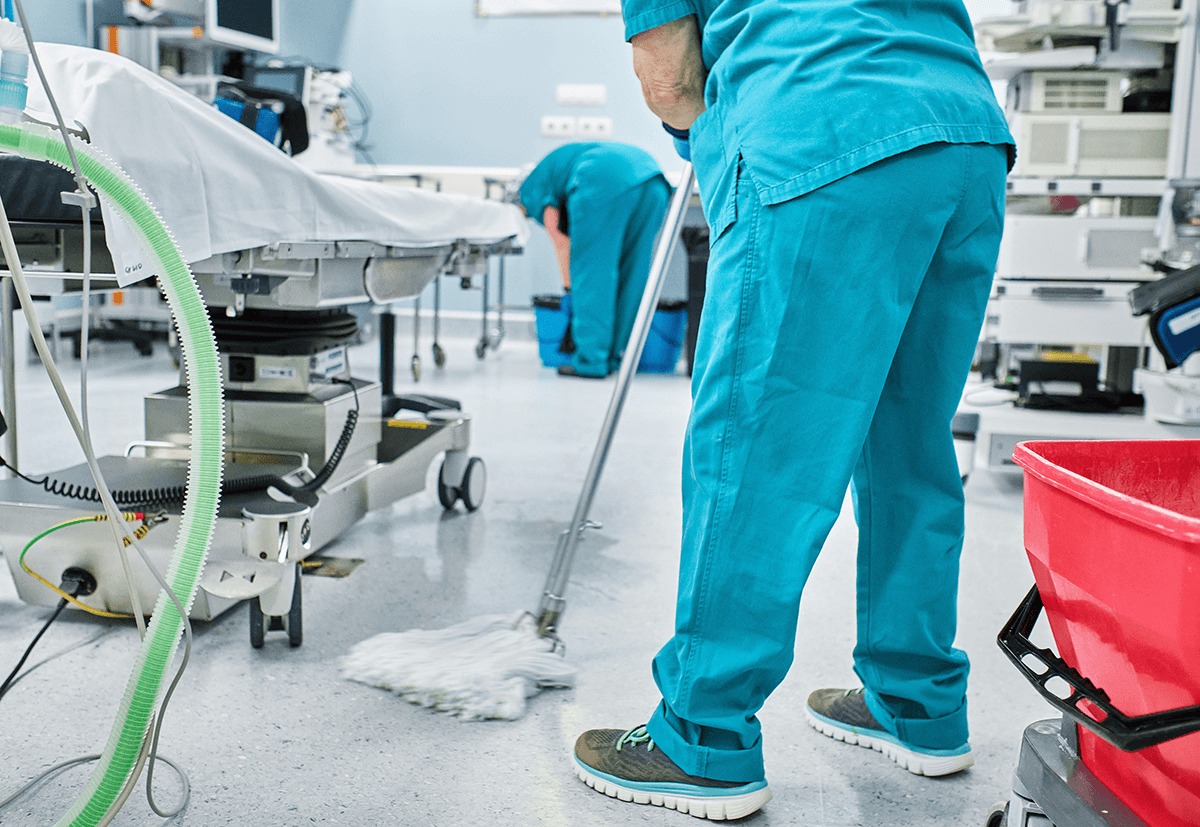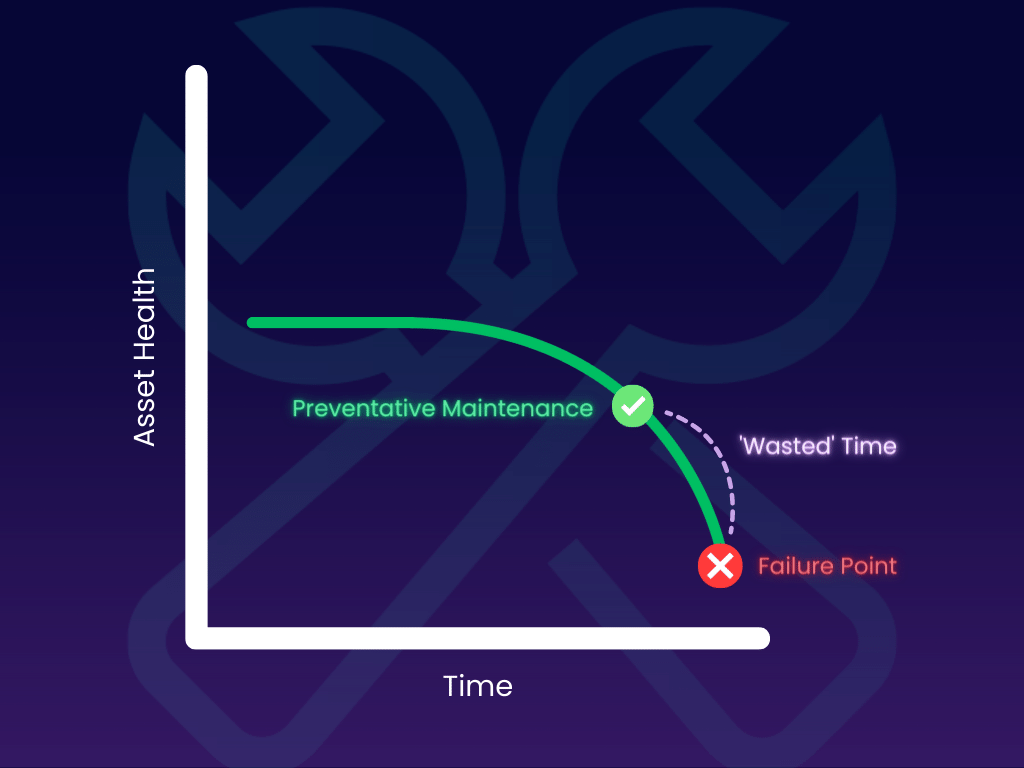Reactive, Preventative & Predictive Maintenance: The Difference
In this blog we will explain what the three main kinds of maintenance are - reactive, preventative and predictive.
2 min read
 Konnor Baskaran
Jun 4, 2024 4:33:47 PM
Konnor Baskaran
Jun 4, 2024 4:33:47 PM

In the UK, standards relating to the cleaning of hospitals were last updated in 2007. Now, there are the new National Standards of Healthcare Cleanliness 2021. This new set of standards regulates all cleaning tasks throughout the NHS, regardless of which department is responsible for it.
With these new changes, it’s imperative that you understand the new standards to ensure that you remain compliant. Keep reading to learn more about these standards and how you can ensure you remain compliant.
Regulation 15 of the Health and Social Care Act 2008 (Regulated Activities) Regulations 2014 requires healthcare facilities to be “clean, secure, suitable and used properly and that a provider maintains standards of hygiene appropriate to the purposes for which they are being used.”
In addition to this, the “code of practice for preventing and controlling infections, and related guidance, states NHS bodies and independent providers of healthcare and adult social care in England must adequately resource local provision of cleaning services. They should also have a strategic cleaning plan and clear cleaning schedules and frequencies so that patients, staff, and the public know what they can expect.”
Within the UK, all medical practices are required to follow the standards as set out within the Health and Social Care Act 2008. This is then monitored by the Care Quality Commission (CQC) to ensure that patients and other users of healthcare facilities remain safe.
These regulations are applicable to the following healthcare facilities:

The NHS has released a National standards of healthcare cleanliness 2021 appendix which demonstrates a suggested 50-point check. However, each organisation or healthcare facility will need to adapt their cleaning checklist to their own needs.
Here are some examples from the list:
The checklist goes on to include other surfaces such as mirrors, bathroom fixtures, radiators, lockers and cleaning equipment.
Ensuring that the aforementioned standards are met is no easy task. It requires you to ensure that you have provided cleaning staff with the necessary tools to carry out their responsibilities and also ensure that your management staff are able to access the necessary documentation used within compliance checks.
At mpro5, our healthcare management software can help you to navigate these obstacles and ensure that your operations meet the necessary regulations and standards. If you’d like to learn more, get in touch and we’ll be happy to help.

In this blog we will explain what the three main kinds of maintenance are - reactive, preventative and predictive.
Many believed it wouldn’t happen in their lifetime but the new National Standards of Healthcare Cleanlinessare finally here - and only nine years...

In the current COVID-19 climate, businesses of all sizes have and will need to implement changes quickly to replace old working patterns in response...